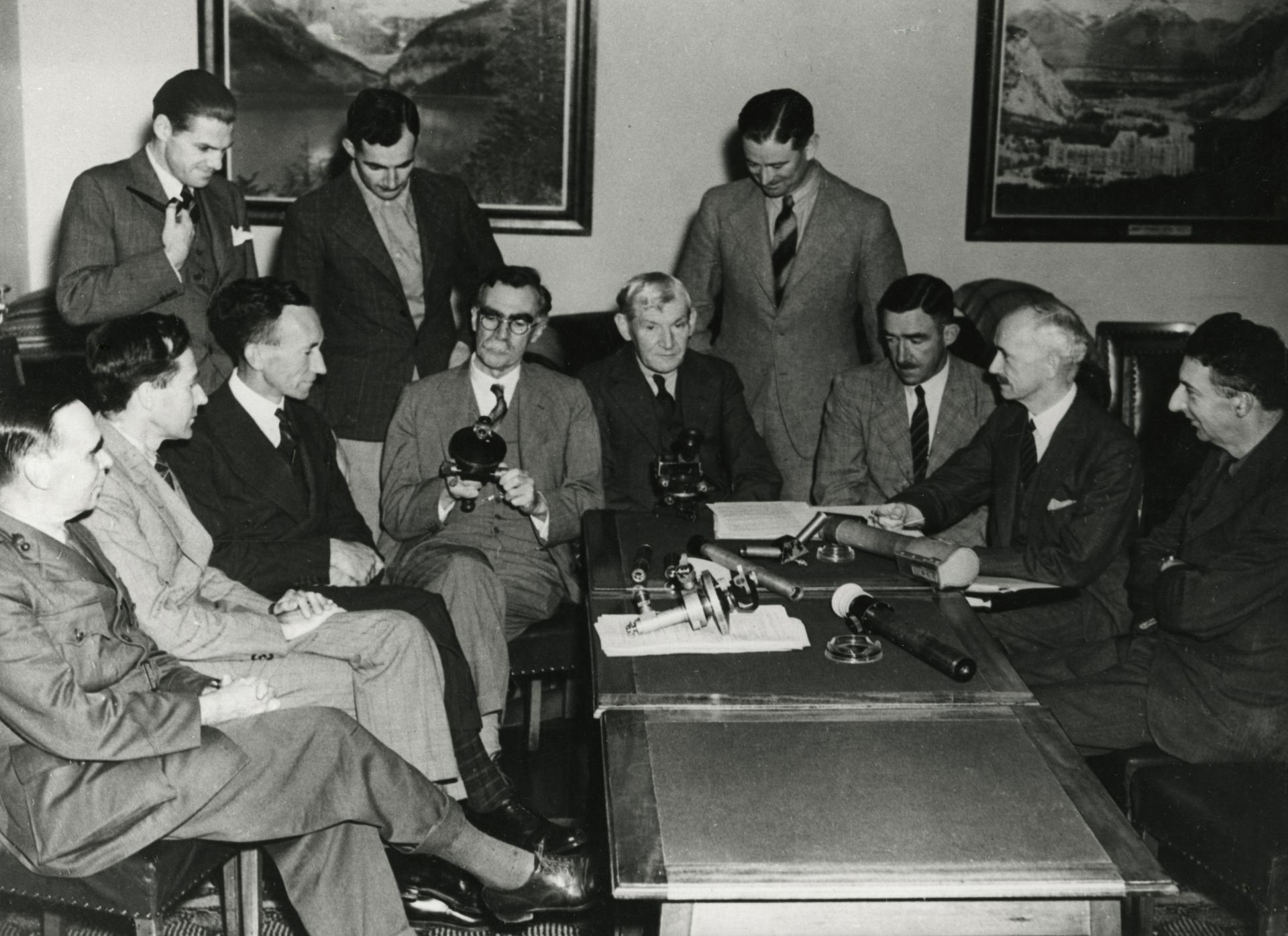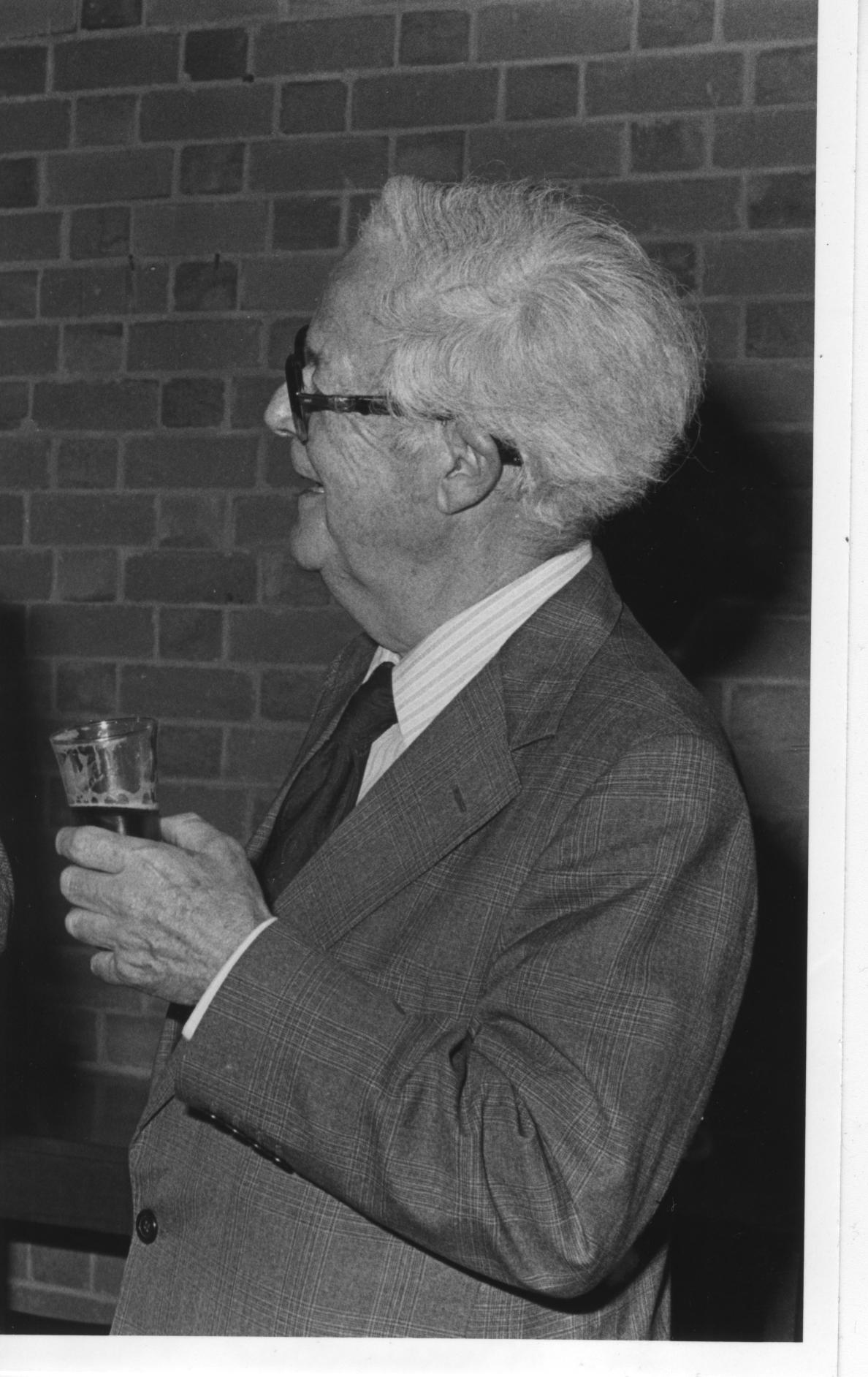Key 70: The Technical Colleges Board 1946-1963
The University was linked to the highly developed system of technical education in Victoria through the Faculty of Engineering and the Technical Colleges Board (established 1912) but not with the same authority that the Faculty of Education and the Schools Board gave it in other schools. The University played some role as regulator and facilitator, but it lacked the Schools Board’s control over the curriculum. As with other areas of education, the war boosted the status and demand.

[Source: University of Melbourne Archives Image Catalogue, UMA-I-1557]
One response to the enhanced interest in technological studies derived from war-time activities was the introduction in 1949 of ‘block exemptions’ - the granting of credit for the first two years of an engineering degree course to students holding diplomas from Technical Colleges (blunting the impetus to a local version of the NSW University of Technology). Various plans for joint programs with the Melbourne Technical College (later Royal Melbourne Institute of Technology and RMIT University) during the war developed into a series of proposals from 1946 for an Institute of Technology which, at its most optimistic, encompassed a merger of the college and the faculty on a new site, on the NSW model. At this time a number of leaders of the Faculty of Engineering, most notably Professor Charles Moorhouse, were working hard to develop technical education at all levels and promote fruitful relations between the two sectors, but they remained as likely to compete as co-operate.
Discussions continued into the 1950s, gained momentum with the brief prospect that Melbourne’s promised second University, named for one of the State most notable engineers, Sir John Monash (and whose foundation Vice-Chancellor would be civil engineering Professor Louis Matheson), might realise the ambition for an institution to rival the University of Technology in New South Wales. It faded quickly after the release of the Martin Report which mandated separate development of the two streams of tertiary education.

[Source: University of Melbourne Archives Media Photograph Collection, Photograph No 16563]